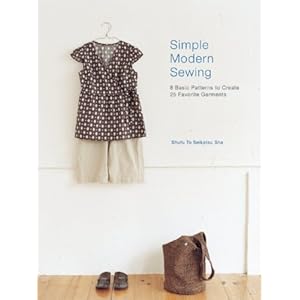
Well, I didn't really think I'd be sharing my color palette photo when I made it, so it's a little less than stellar. Sorry about that. But, it serves it's purpose.
When it comes to simplifying my wardrobe (google things like: minimalist wardrobe), I've been researching other people's blog posts for quite some time now. Almost all of them talk about choosing a cohesive color scheme. That way, all of your clothes match so you're able to get the maximum amount of outfits from the minimum amount of clothing. I'm not sure that my wardrobe will qualify as a minimalist wardrobe, even when I'm done with it, but it still seems like this color scheme idea could apply to me.
It was one of the hardest things for me to get on board with, but I kept reminding myself how difficult the 3 jumpers (sorry, everything goes back to that one experience, doesn't it?) experience was, because I didn't think it through very well and decided to do a black, a gray, and a brown jumper. Well, lots of things might match with black and gray, but not all of those same things match with brown. And while lots of things might match with brown, they don't all match with black (navy blue, anyone?). Thankfully, I was a foreigner in Korea, so everything I did was inexplicable and it didn't particularly matter what I wore.
So, this time, I wanted to really bite the bullet and get a color scheme going. Unfortunately, that is not as easy as it sounds! You can't just pick your favorite color and go from there. You also can't just pick a bunch of random colors.
I did know that I wanted to minimize black. With the 3 jumpers, the black one faded enough that I didn't appreciate it, and it was also incredibly hot in the summer. To the point that it wasn't worth wearing. So, I may make a black dress, but it won't be one that I will wear every day.
No black then.
That left brown, white/cream, gray and navy blue as my neutrals. And olive-ish green, too, I guess.
Then I thought: I'm choosing a color palette! Why not pick an inspiration picture?
Nerdy, yes. Effective? Also yes.
I googled "art", went to "images", and selected the blue colored box as a filter because I knew I wanted at least one blue dress.
I came up with Van Gogh's A Starry Night. It works for me for several reasons. It's got a lot of neutrals with very little black if you look closely. It also has yellow, which is my all-time favorite color and I wear it quite a bit in fact. Both of my favorite sweaters are yellow.
So, I ended up with a color palette that works with what I already have. And I think that's the hardest part. Trying to figure out the essential pieces in your wardrobe that you most love, and how they might fit together into one cohesive color palette.
Once I'd done that, I bought the book I've been saving up all of SwagBucks for! Simple Modern Sewing. Yes, I paid for almost the whole thing (except for $1.47) with SwagBucks!
The book was originally in Japanese (Japanese fashion is just to die for, imo) and it's been translated, but it's still a little different than an American pattern/pattern book, from what I've read. Apparently, it doesn't factor your seam allowances in, so you have to do that yourself. But even more importantly, the patterns are very, very small. As in, the largest size is comparable to a 4-6 American size. I'm going to figure it out and make it work for myself because I want this wrap dress!
 I'm sure I could make it without this particular pattern, but why try? I love this one so much.
I'm sure I could make it without this particular pattern, but why try? I love this one so much.For more pictures from this lovely book, go to the Interweave Press website.
I was going to share some fabric choices I've been looking at and discuss the benefits of prints vs. solids in clothing (when you're as clumsy and disastrous with food/drinks/paint/everything as I am!), but I think I'll save that for tomorrow! For now, I leave you with this lovely dress and the admonition to go create a color palette for your closet! It's not necessarily easy, but find an inspiration picture, either online or in a magazine, and then use some paints, or cut up some magazine pages to pull your favorite colors out of that picture. It
actually helped me quite a bit when thinking about what I needed/wanted in a wardrobe.
Now, I need to go do some other decluttering. Have a very pretty Wednesday!
















